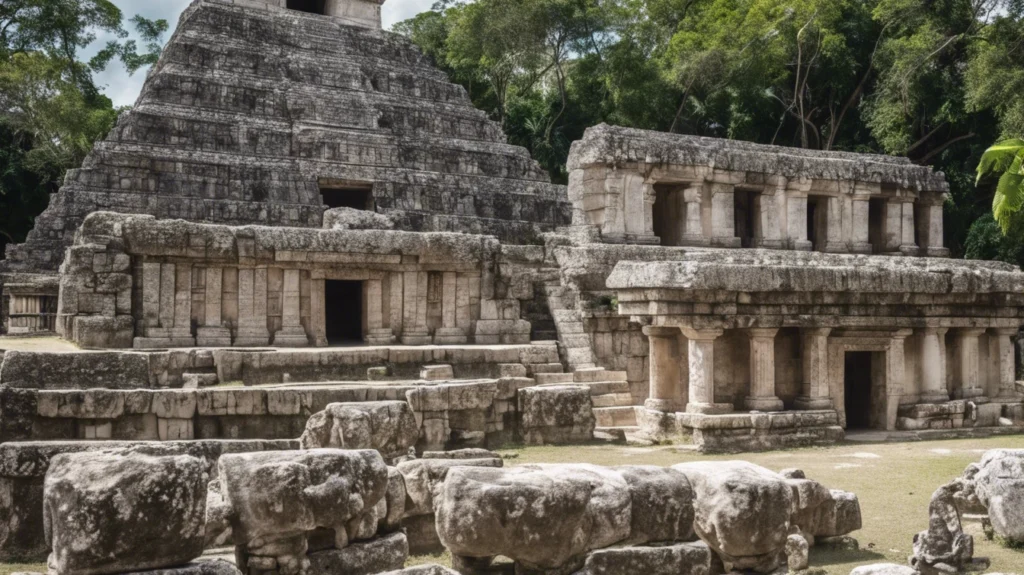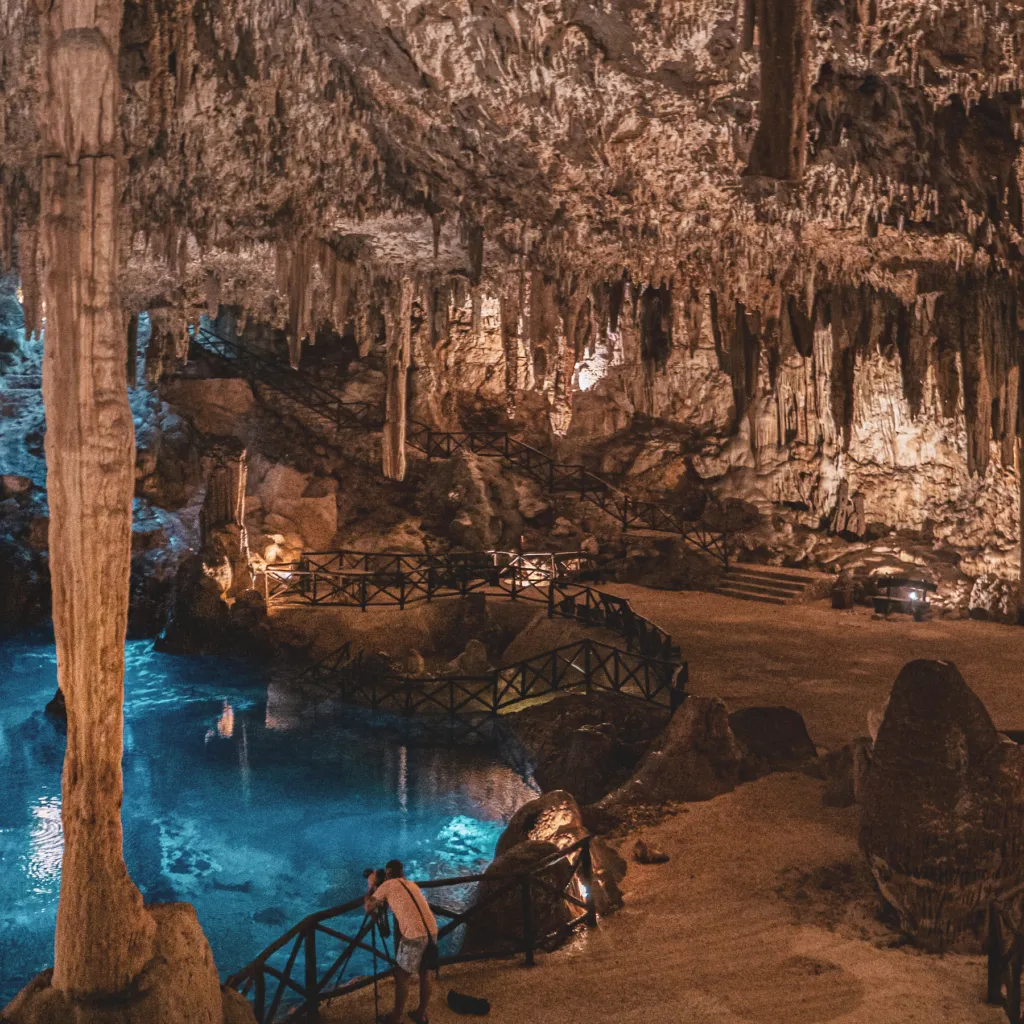The Mayan civilization, one of the most brilliant and enigmatic in Mesoamerica, spread across a vast territory that stretched from southern Mexico to Central America. Although they shared a common cultural base, the Mayans of Yucatan and the Mayans of Guatemala developed distinctive characteristics that make them unique. Join us on a journey through time to explore the differences and similarities between these two branches of the same ancestral root.

Yucatan: The Rise of the City-States
In the Yucatan Peninsula, the Maya flourished during the Classic period (250-900 AD), building imposing city-states such as Chichén Itzá, Uxmal and Mayapan. These cities, characterized by their monumental architecture, their advanced writing and mathematical systems, and their sophisticated social organization, were centers of political, religious and economic power.
The Yucatec Maya excelled in astronomy and engineering, building astronomical observatories such as El Caracol at Chichén Itzá and developing a complex calendar system that allowed them to predict eclipses and other celestial events.
Guatemala: The Heart of the Mayan Jungle
In Guatemala, the Mayan civilization developed in a jungle environment, where nature played a fundamental role in their worldview and way of life. Cities such as Tikal, El Mirador and Yaxhá stood majestically in the middle of the jungle, surrounded by a rich biodiversity that provided them with food, medicine and construction materials.
The Guatemalan Maya developed intensive agriculture based on the cultivation of corn, beans and squash, and built irrigation systems and terraces to make the most of natural resources. Their art and architecture reflected their deep connection with nature, with representations of animals, plants and gods associated with the jungle.
Similarities and Differences: Two Sides of the Same Coin
Although the Maya of Yucatán and Guatemala developed their own characteristics, they also shared a common cultural base. Both groups spoke Mayan languages, albeit with different dialects, and shared similar religious beliefs, venerating the same gods and goddesses, such as Itzamná, the creator god, and Chaac, the rain god.
However, there are notable differences between the two regions. The Yucatecan Maya were characterized by their monumental architecture and their focus on astronomy and engineering, while the Guatemalan Maya developed a culture more closely linked to the jungle and its biodiversity.
Zazil Tunich: A Bridge Between Two Worlds
In the Zazil Tunich Cenote, located in Yucatan, we can find vestiges of both Mayan traditions. The rock formations of the cave, reminiscent of Mayan temples and palaces, transport us to the time of the great Yucatecan city-states. At the same time, the lush jungle surrounding the cenote connects us with nature and the worldview of the Guatemalan Mayans.
Visiting Zazil Tunich is a unique opportunity to explore the richness and diversity of Mayan culture, and to understand how this civilization managed to adapt and thrive in different environments. Through their archaeological remains, their myths and legends, and their cultural legacy, the Mayans invite us to reflect on our relationship with nature and our place in the universe.





